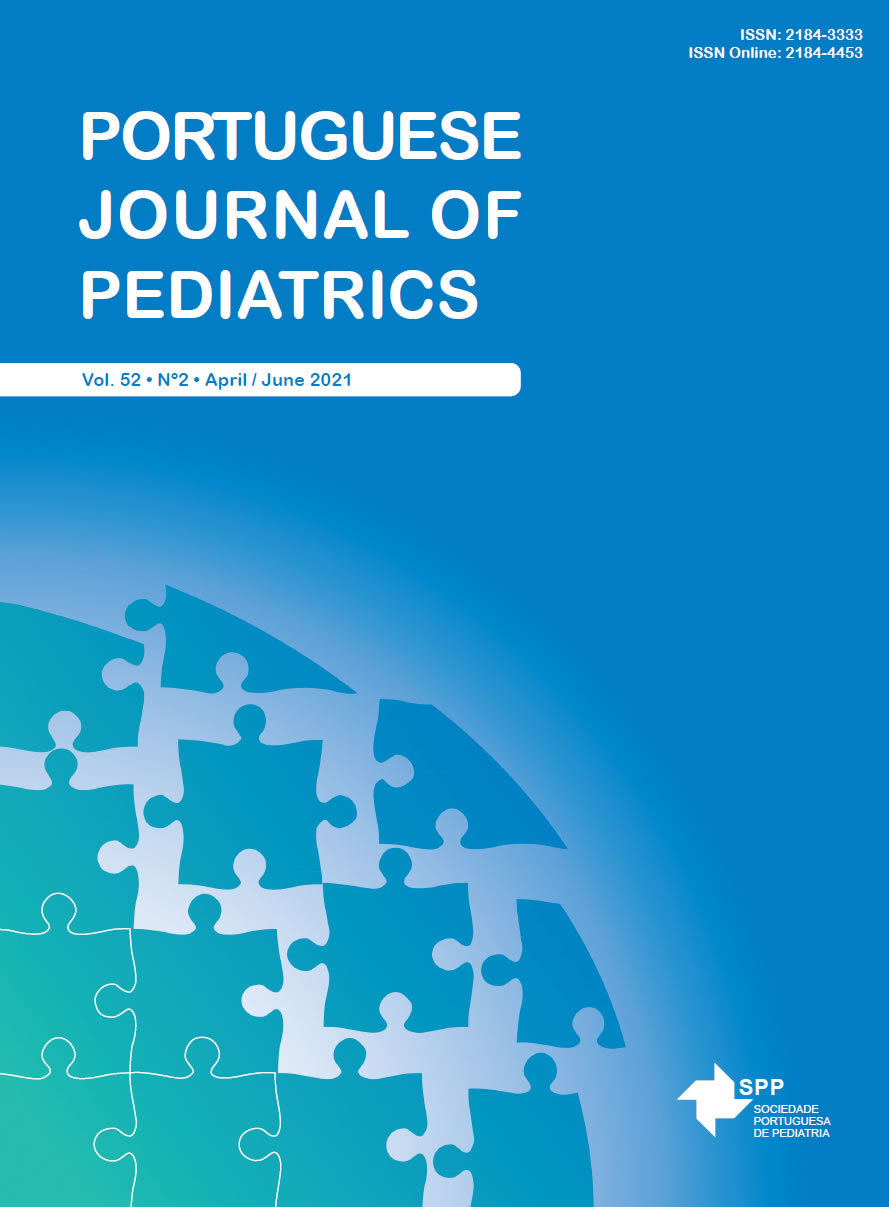Mosaic trisomy 22 in a 14-year-old adolescent: A case report
Date of submission: 28-05-2020 | Date of acceptance: 22-10-2020 | Published: 03-04-2021
Abstract
Introduction: Complete trisomy 22 is the second most common chromosomal aneuploidy found in spontaneous abortions. However, mosaic trisomy 22 has a mild phenotype, being compatible with life. The varied manifestations of trisomy depend on the distribution of the affected cells, making this diagnosis difficult.
Case report: A 14-year-old adolescent was observed for primary amenorrhea. On physical examination, mild dysmorphisms were noted and growth velocity was below 25th percentile. An endocrine assessment revealed a hypergonadotropic hypogonadism, hand radiograph showed delayed bone age and pelvic ultrasound showed infantile uterus and absent ovaries. She had a normal female blood karyotype. Blaschko lines were noticed on the upper extremities. Skin karyotype confirmed mosaic trisomy 22.
Discussion/Conclusion: Signs and symptoms in mosaic trisomy 22 can be unspecific. Dysmorphisms can be subtle and short stature is a common finding in other disorders. However, Blaschko lines, especially in association with postnatal growth failure, dysmorphias, and hemidystrophy should prompt this diagnosis.
Downloads
Downloads
Published
Issue
Section
License

This work is licensed under a Creative Commons Attribution-NonCommercial-NoDerivatives 4.0 International License.









